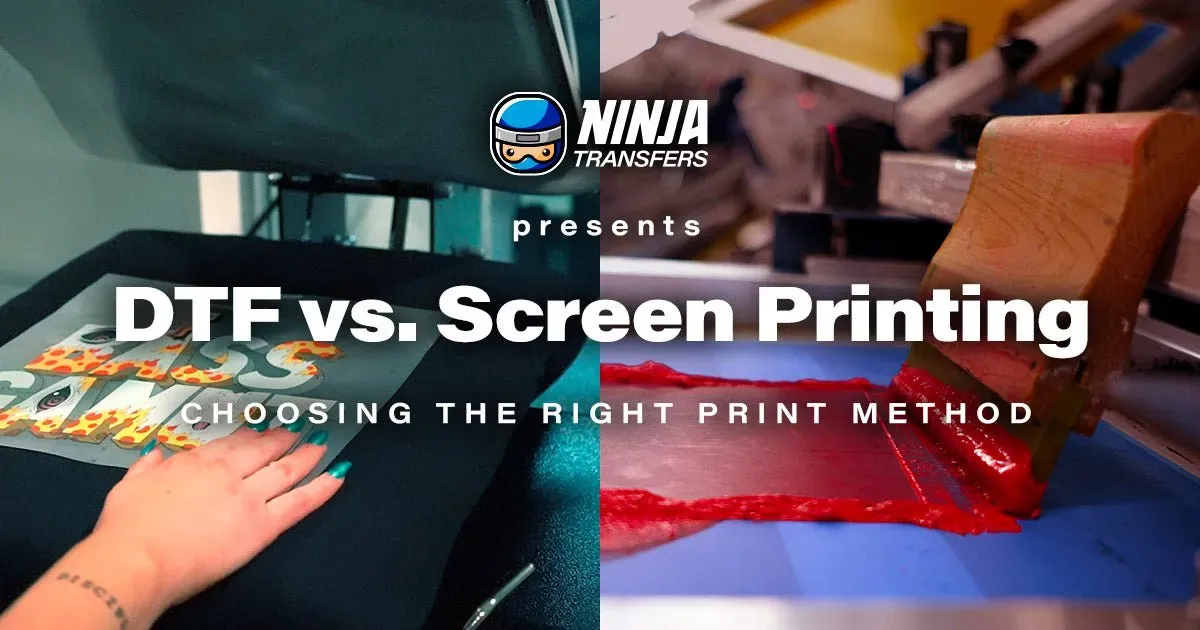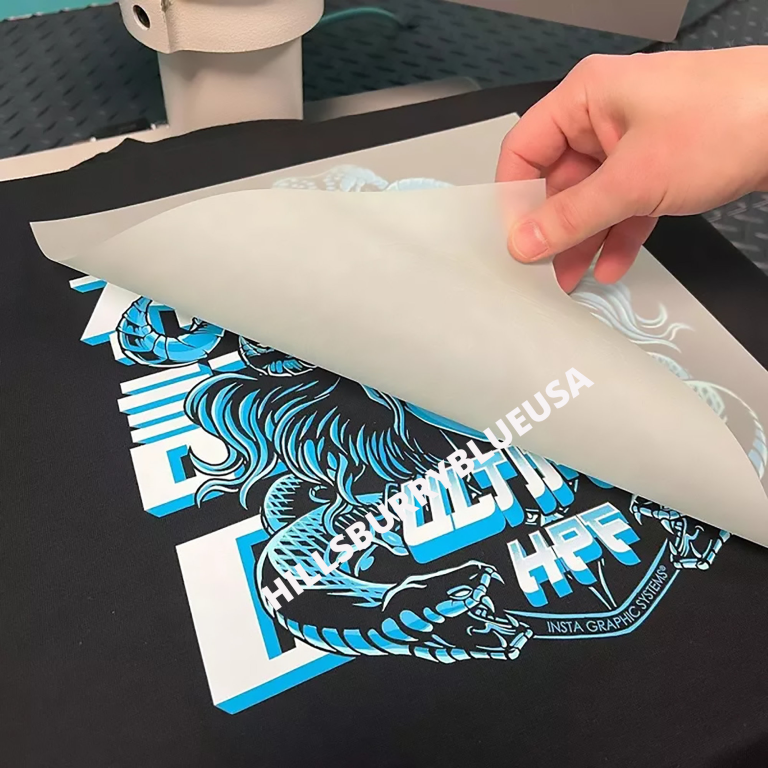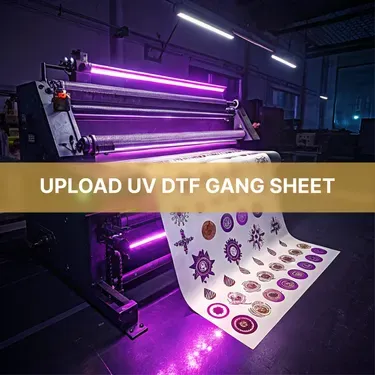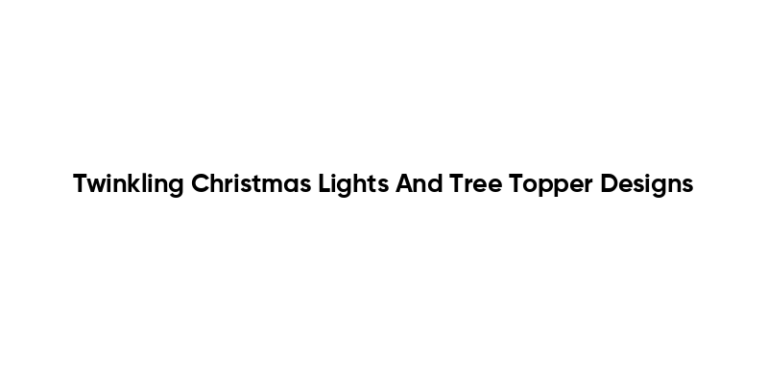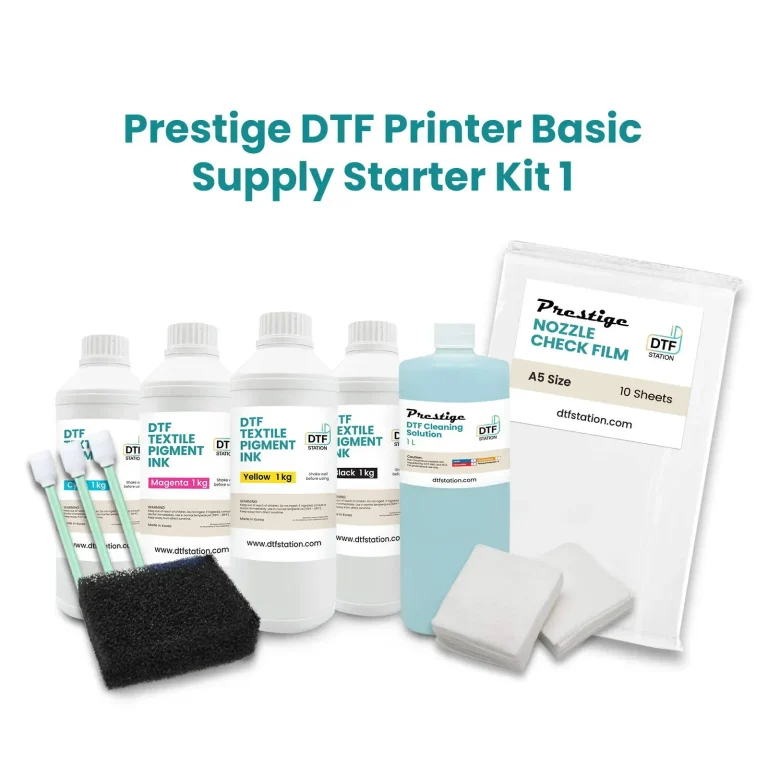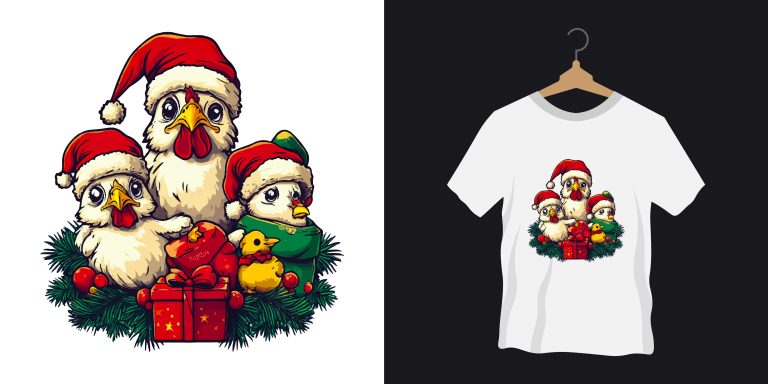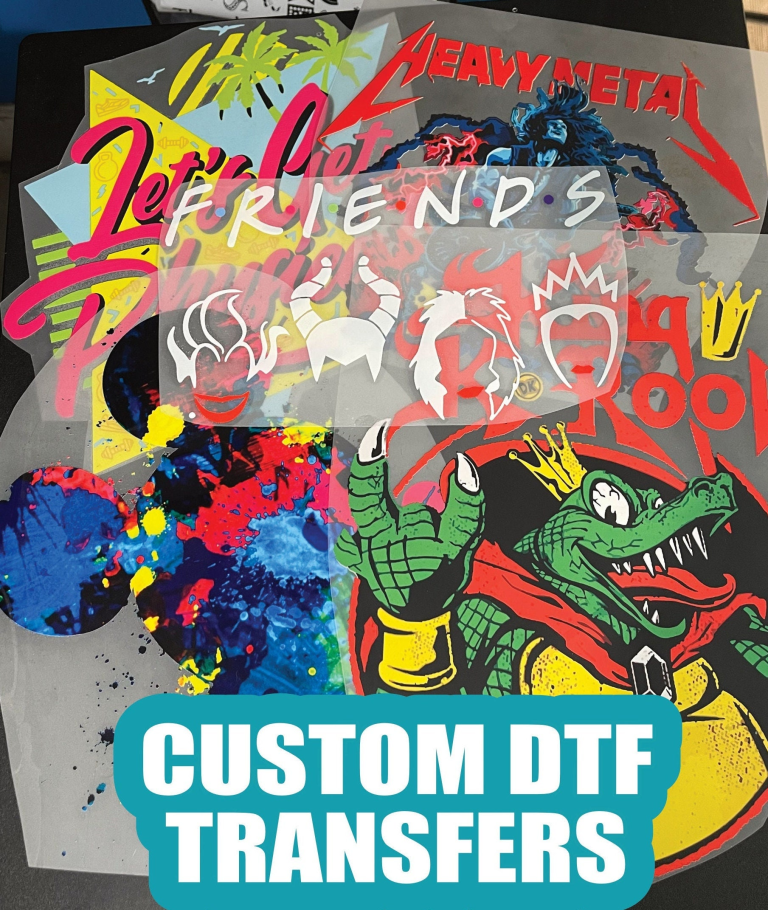DTF Transfers vs. Screen Printing: Which is Best for You?
In the world of custom apparel printing, the choice between DTF Transfers vs. Screen Printing is critical for delivering quality designs to your audience. Each method carries unique benefits and considerations, from the vibrant capabilities of DTF printing to the cost efficiency of screen printing. DTF transfers provide remarkable precision and dynamic colors, making them ideal for intricate patterns and smaller orders, while screen printing shines in durability and mass production. By understanding DTF printing benefits and screen printing costs, you can determine the best printing method tailored to your project needs. This article will explore DTF advantages over screen printing to help you make a well-informed decision.
When assessing options for custom garment printing, the comparison of heat transfer methods and mesh printing techniques often arises. The discussion focuses on two prominent styles—Direct to Film (DTF) and traditional Screen Printing. DTF methods command attention due to their adaptability and ability to handle complex designs, while screen techniques are favored for large volume projects where cost-effectiveness is paramount. By examining the benefits associated with DTF printing and understanding the limitations of screen printing, professionals can navigate toward the right solution for their needs.
Comprehensive Overview of DTF Transfers
DTF Transfers stand out in the custom apparel printing scene due to their innovative process that combines technology and flexibility. By utilizing an inkjet printer to transfer designs onto special film, DTF printing allows for full-color, intricate designs that are perfect for small runs or personalized items. The vibrant colors and detailed gradients achievable through DTF printing make it a favorable choice for designers who prioritize aesthetics and wish to showcase elaborate artwork.
In addition to their stunning visual output, DTF Transfers also offer versatility in terms of fabric compatibility. They work well on a variety of materials, including cotton and polyester blends, making them ideal for custom merchandise ranging from t-shirts to tote bags. With no limitations on color complexity, businesses can leverage the advantages of DTF printing to create unique promotional items that stand out in a crowded market.
The Benefits and Costs of Screen Printing
Screen Printing has remained a popular choice for custom apparel printing for decades, primarily due to its efficiency and effectiveness in producing durable prints. This method allows businesses to produce high-quality items in bulk, making it particularly cost-effective for larger orders. While there are initial setup costs associated with screen creation, the reduction in per-unit costs with larger quantities often makes it the go-to choice for many companies looking to maximize their budget while still delivering quality products.
Moreover, Screen Printing excels in producing vibrant, long-lasting prints that stand the test of time, even under heavy use. The thick inks used in the process form a robust layer on fabric, ensuring that prints remain intact after multiple washes. For businesses concerned about the durability of their promotional items, screen printing provides a reliable solution, especially for designs with fewer colors where simplicity and cost-effectiveness align perfectly.
DTF Transfers vs. Screen Printing: Which Should You Choose? This common query can be answered by considering your specific project requirements. If you are aiming for high-quality, intricate designs on smaller runs, DTF printing is likely your best bet. Alternatively, if you need to produce bulk quantities with solid colors and straightforward designs, then screen printing will offer the cost advantages and efficiency you desire.
Furthermore, understanding the long-term benefits of each method is essential for making the right choice. For example, DTF Transfers, while potentially more expensive for larger orders, provide flexibility and higher visual quality, which can attract customers looking for unique items. Conversely, choose screen printing for its tried-and-true durability and cost-effectiveness in mass production scenarios.
Quality Assessment of DTF and Screen Printing
When it comes to quality, both DTF Transfers and Screen Printing boast unique advantages. DTF Transfers are particularly known for their ability to reproduce vivid colors and intricate details, making them ideal for projects with complex artwork. This method allows for fine detailing, making it a preferred choice for businesses wanting to impress their customers with high-quality visuals. As a result, DTF printing has gained popularity for producing limited-edition apparel that showcases artistic creativity.
On the other hand, Screen Printing produces robust prints characterized by their longevity and excellent saturation. This method is often utilized for everyday clothing items like uniforms, where durability is essential. For companies looking to provide products that endure heavy wear, screen printing offers reliable quality. The thick inks create a texture that not only enhances the visual appeal but also adds to the garment’s lifespan, making this method an excellent choice for promotional items used in varying environments.
Evaluating Cost Differences: DTF Transfers vs Screen Printing
Cost is a significant factor when choosing between DTF Transfers and Screen Printing. Although DTF printing may require a larger initial investment due to equipment and consumables, it proves to be cost-effective for small quantities. The lack of setup fees and minimal downtime enables businesses to produce high-quality prints without a hefty price tag, effectively accommodating on-demand requirements.
Conversely, while screen printing has higher upfront costs related to screen creation and setup, the per-unit cost decreases significantly with larger orders. This makes screen printing incredibly economical for brands that need to produce promotional items in bulk. By carefully calculating printing needs and budgets, businesses can make more informed decisions about which printing technique aligns better with their financial objectives.
Speed and Efficiency in Custom Apparel Printing
In the fast-paced world of custom apparel printing, speed and efficiency can make all the difference. DTF printing processes allow for rapid production of designs with multiple colors and intricate details without the need for extensive setup time. This speed is particularly beneficial for businesses requiring quick turnarounds and flexibility in production schedules. For companies that often embark on time-sensitive projects, such as events or promotions, DTF transfers are an attractive option that ensures timely delivery without compromising on quality.
In contrast, Screen Printing, while efficient for large runs, can face delays when dealing with multi-colored designs, as each color requires a separate preparation time. This leads to increased production timelines that may not be suitable for urgent requests. Understanding these differences can help businesses align their printing choices with the specific needs of their projects, thus ensuring they meet deadlines without sacrificing product quality.
Ideal Applications for DTF and Screen Printing
Choosing between DTF Transfers and Screen Printing ultimately hinges on the application’s nature. For customized apparel that requires intricate designs with vibrant colors, DTF printing excels across various fabric types, making it a versatile choice for unique merchandise, event giveaways, or fashion-focused items. Its compatibility with multiple materials allows designers to experiment and express their creativity while providing customers with personalized options.
On the other hand, Screen Printing thrives in bulk production scenarios, making it the ideal option for items like promotional apparel, organization branding, and athletic wear, where durability and cost efficiency are paramount. When projects involve larger quantities and simpler designs, screen printing becomes a straightforward solution that delivers consistent quality. Evaluating the intended application can help businesses decide on the most suitable method to achieve the desired outcome.
Frequently Asked Questions
What are the DTF printing benefits compared to screen printing?
DTF printing benefits include vibrant colors, the ability to reproduce intricate designs, and flexibility for small runs. Unlike screen printing, DTF transfers can capture detailed images and gradients, making them ideal for custom apparel printing with complex artwork.
How do screen printing costs compare to DTF Transfers?
Screen printing costs are lower per unit for large orders due to setup efficiencies, while DTF Transfers have higher initial costs because of specialized equipment. However, DTF can be more cost-effective for small orders since it eliminates screen setup fees.
Which is the best printing method for complex designs, DTF Transfers or screen printing?
For complex designs, DTF Transfers are the best printing method due to their ability to capture fine details and vibrant colors. They excel in custom apparel printing where intricate artwork is essential, unlike screen printing which is better for simpler designs.
What are the DTF advantages over screen printing in terms of speed?
DTF advantages over screen printing include quicker turnaround times for short runs, especially when multiple colors or designs are needed. DTF’s lack of setup time allows for faster deliveries, making it preferable for on-demand printing.
In what situations is screen printing the preferred choice over DTF Transfers?
Screen printing is preferred when producing large quantities of items with fewer colors. Its efficiency and lower per-unit cost for bulk orders make it suitable for promotional materials like t-shirts where durability and simplicity are key.
Is DTF printing suitable for all fabric types compared to screen printing?
Yes, DTF printing is suitable for a variety of fabrics, including cotton and polyester blends, providing versatility for custom apparel. In contrast, screen printing is typically best for fabrics that hold the thick inks used in the process, but it may not accommodate all fabric types as easily.
| Aspect | DTF Transfers | Screen Printing |
|---|---|---|
| Process | Prints designs onto a special film using an inkjet printer and applies with heat and pressure. | Utilizes a mesh screen to push ink onto fabric, requiring a separate screen for each color. |
| Best For | Intricate designs, small runs, full-color options. | Large quantities with fewer colors, durable prints. |
| Quality | Vibrant colors, suitable for detailed imagery and gradients. | Durable, robust prints, effective for heavy wear items. |
| Cost | Higher initial costs, but cost-effective for small orders due to no setup costs. | Lower per-unit cost for bulk orders, but higher setup costs for screen creation. |
| Speed | Fast turnaround for short runs and multiple designs. | Efficient for large runs, but slower for multi-color, intricate designs due to setup time. |
| Ideal Applications | Custom apparel, promotional items, and unique merchandise. | T-shirts for events, organization branding, bulk athletic wear. |
Summary
DTF Transfers vs. Screen Printing is an important topic for anyone involved in custom apparel printing. Understanding the distinct advantages and limitations of each method can significantly impact the outcome of your projects. DTF transfers are perfect for projects with detailed artwork and smaller quantities, providing vibrant prints with a high level of precision. On the other hand, screen printing remains the go-to choice for bulk orders, delivering durable, long-lasting prints at a reduced cost per unit. By evaluating your design complexity, budget, and quantity requirements, you can select the best printing method to achieve optimal results.

